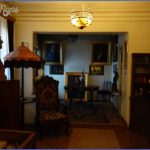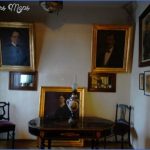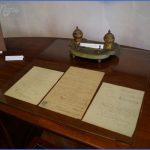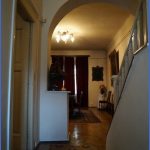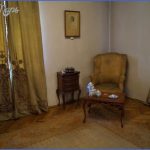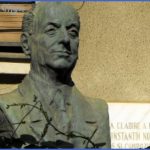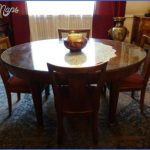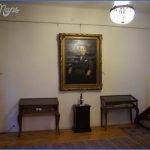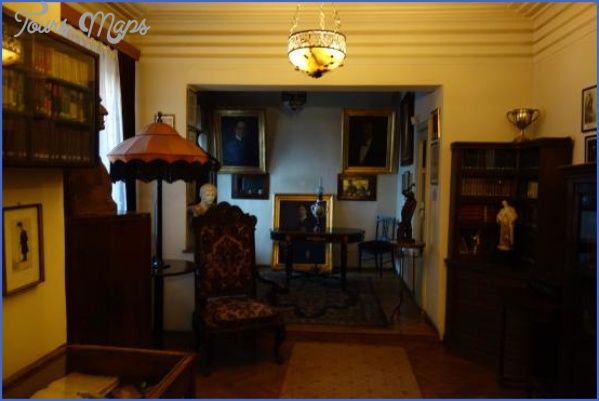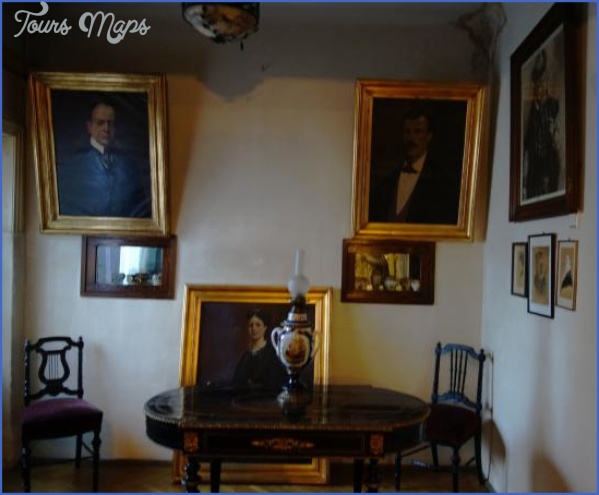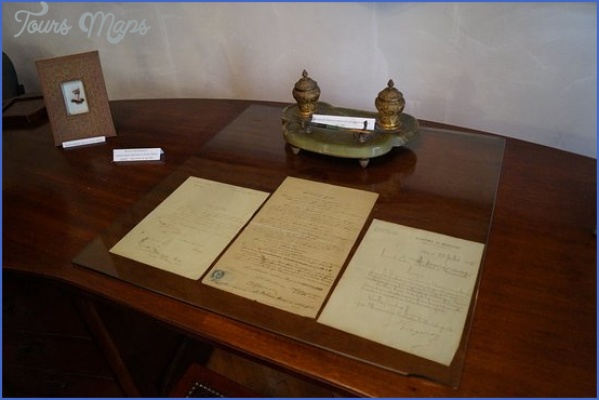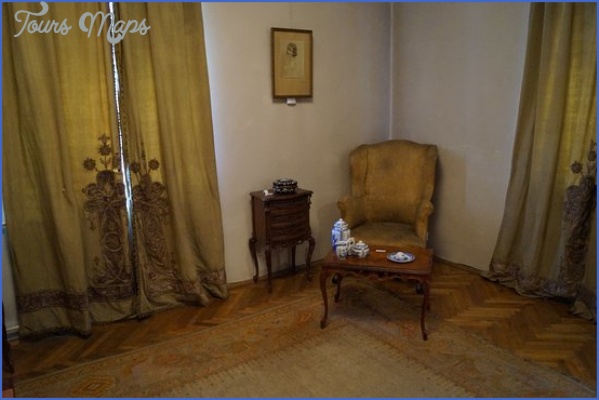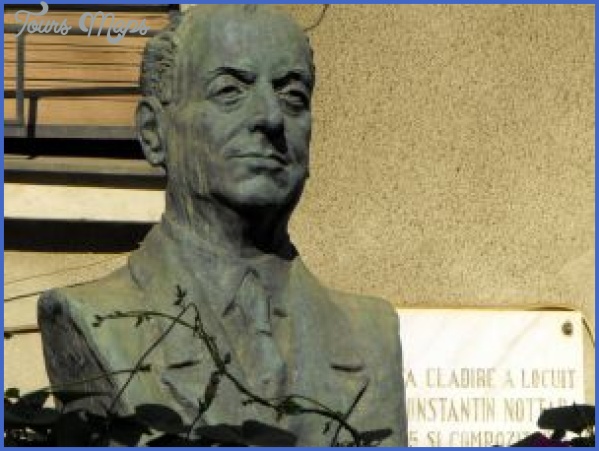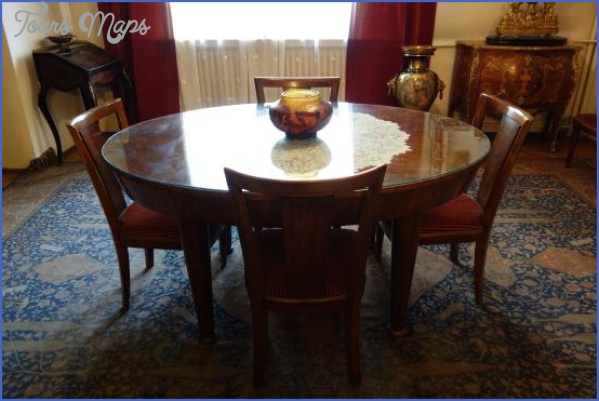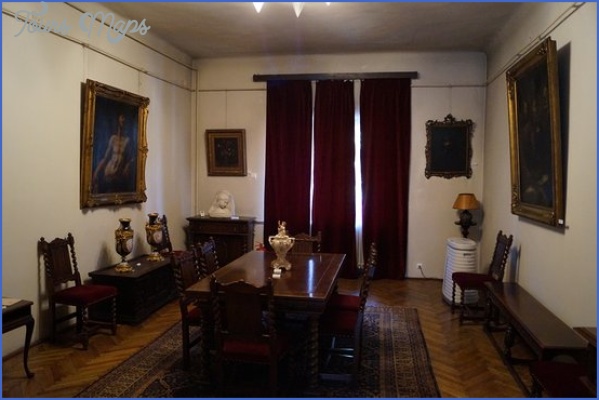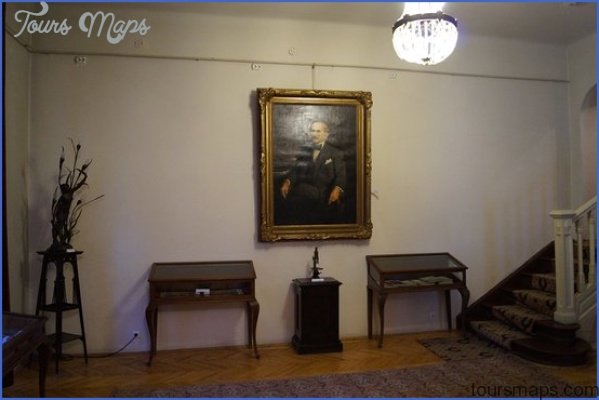NOTTARA MUSEUM
The Romanian composer, violinist, conductor and critic Constantin C. Nottara (1890-1951) was the son of a much-admired actor, Constantin I. Nottara. Part of the Bucharest house where the Nottara family lived from 1932 to 1982 is today a museum, to both father and son. In front of the striking Art Nouveau building stands a bust of the actor, by Milita Petpascu.
The museum, filled with a collection of exquisite fine art, antiques and antiquities as well as theatrical and musical memorabilia, was established in 1956 by the younger Nottara’s widow, Ana, and given to the State in 1980. Like many other museums, it was closed for a time during the Ceausescu regime; in 1993 the building was renovated and the museum was reopened in 1995. The domestic ambience is immaculately maintained, just as their mistress had left it, by the family’s former retainers.
NOTTARA MUSEUM Photo Gallery
The ground-floor rooms are devoted largely to the father’s career but also display family portraits and documents relating to the house. The image of the actor is ubiquitous, in portraits and busts, but it is his dressing table with all his make-up that most brings him to life: he is reported to have rehearsed his roles at home in full fig. His extensive library of literature and plays, incorporating the libraries of several other famous Romanian actors, is scattered among the Art Nouveau furniture, Sevres china and Bohemian glass. The walls along the staircase to the first floor are filled with hundreds of framed photographs of his friends and pupils.
The first-floor rooms recall his son, whose career centred on Bucharest, where he was first a pupil and then a professor at the conservatory, a violinist in the Bucharest Philharmonic Orchestra and leader of a string quartet, then a conductor and finally a music critic; a pupil of Enescu (1907-9), though in Paris rather than Bucharest, he composed operas, ballets, symphonic poems and a violin concerto for performance in his native city. The first room on the left is his library, the volumes of music and musical literature beautifully bound and catalogued, as too is the library downstairs. In a glass case behind Nottara’s desk are his Amati violin, his baton and his five-nibbed rastrum. Like his father, he received many awards, Czech (1933) and French (1937) as well as Romanian, which are on display here. In the corner is a large sculpture of him holding his violin. The main room, decorated with Italian, Turkish and Chinese furniture, is still used for chamber music gatherings and on a raised platform at one end stands his grand piano. There is an oil portrait of the composer as a young man and a rather splendid bust. The adjoining dining-room and alcove display fine pieces of French furniture, Sevres and Meissen china, Venetian glass and Belgian lace. The staircase to the private second floor is lined with photographs of musicians.
NOTTARA MUSEUM Photo Gallery
Maybe You Like Them Too
- Explore Doncaster, United Kingdom with this detailed map
- Explore Arroyito, Argentina with this Detailed Map
- Explore Belin, Romania with this detailed map
- Explore Almudévar, Spain with this detailed map
- Explore Aguarón, Spain with this detailed map

